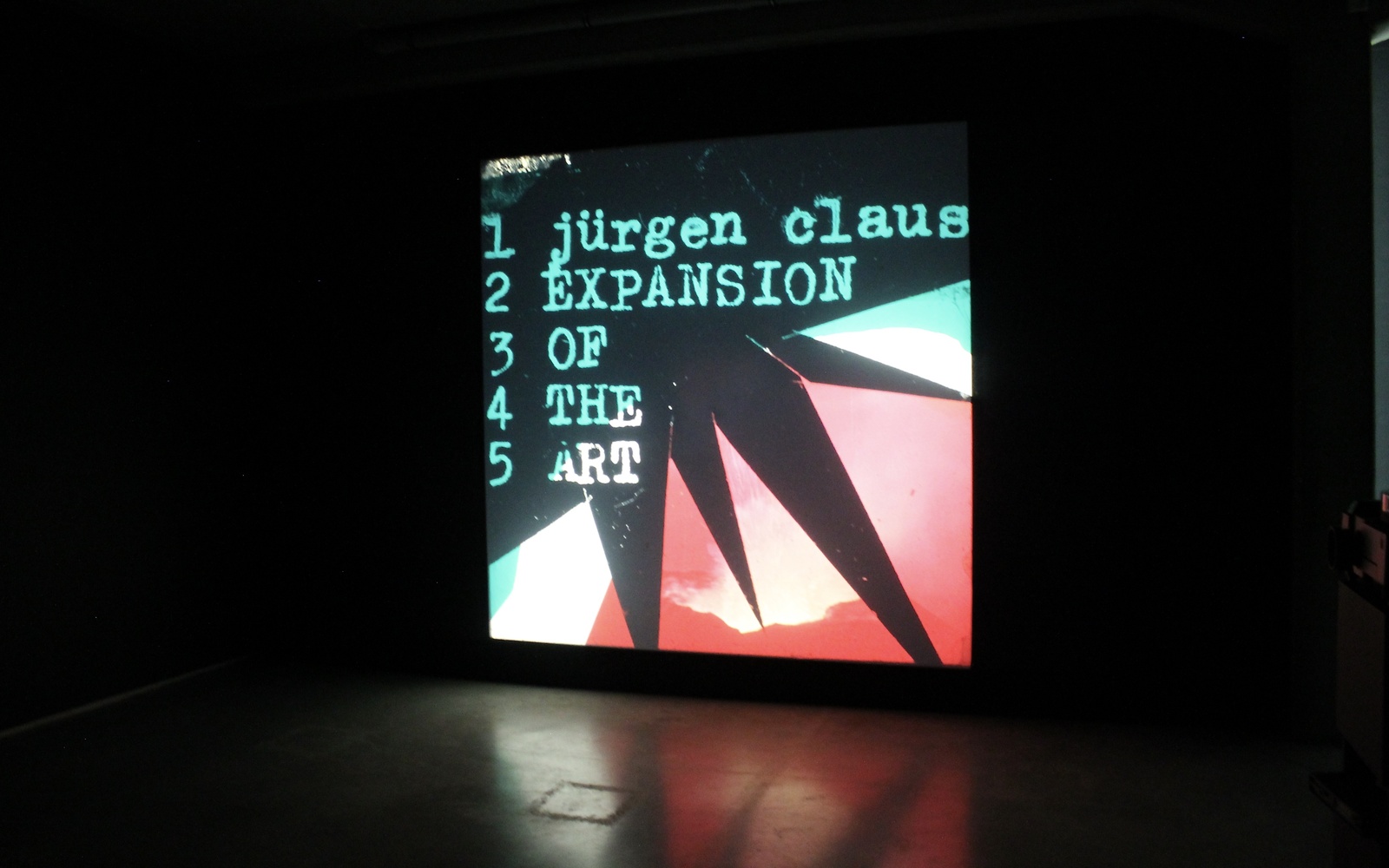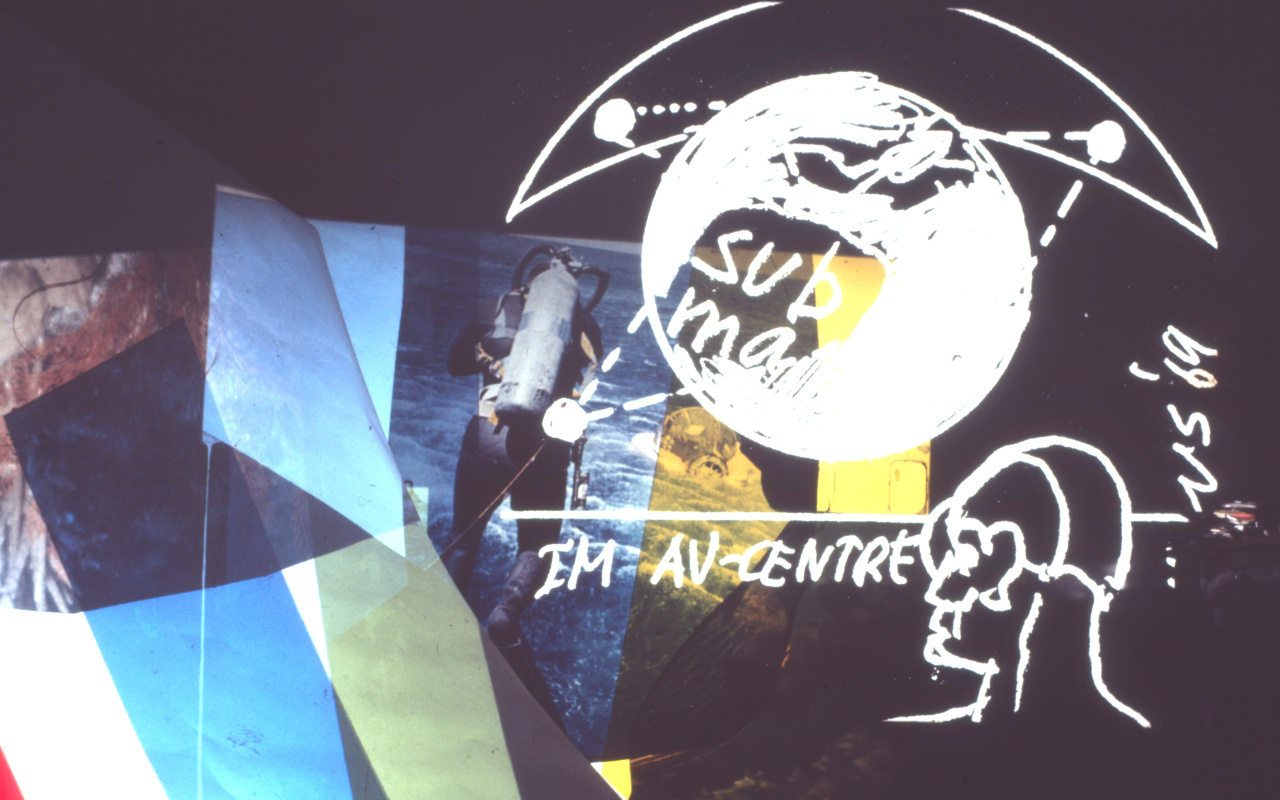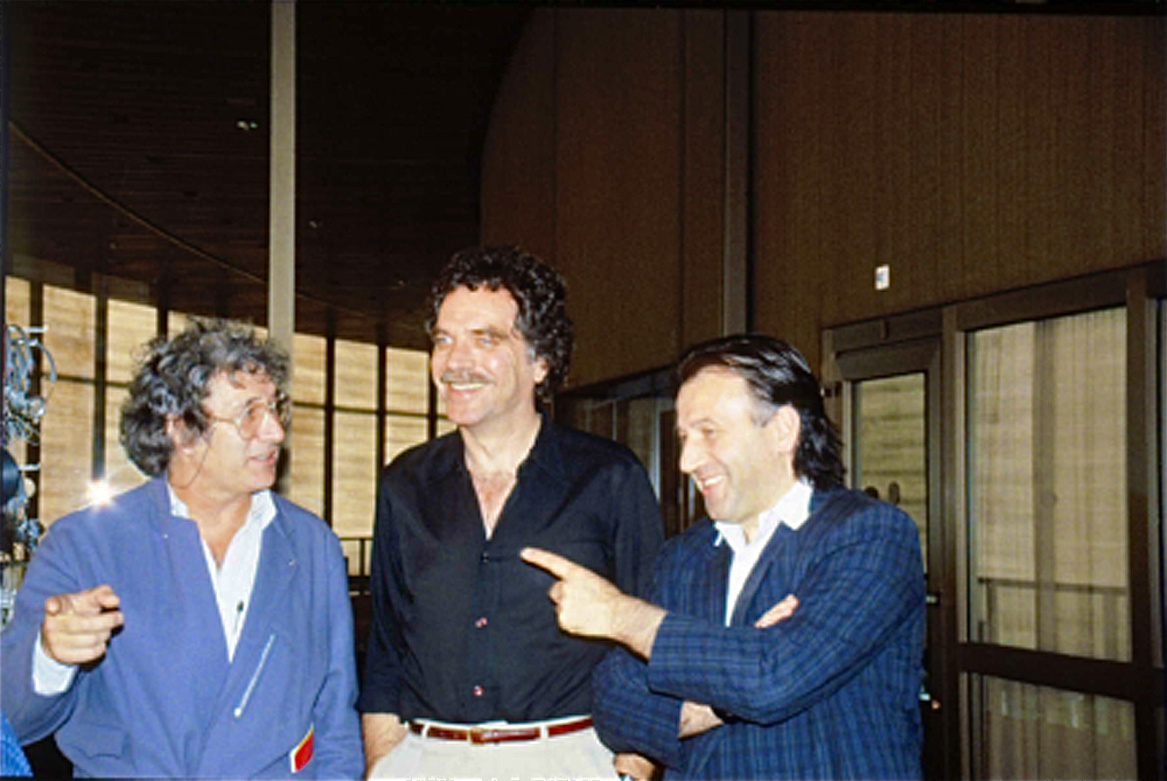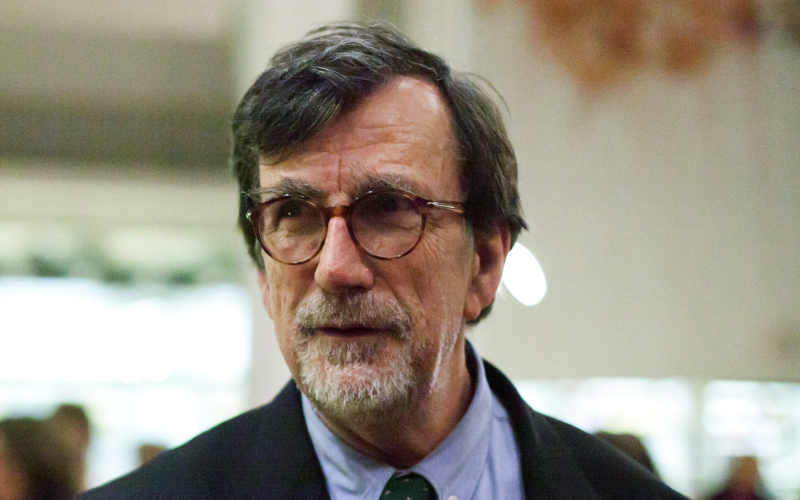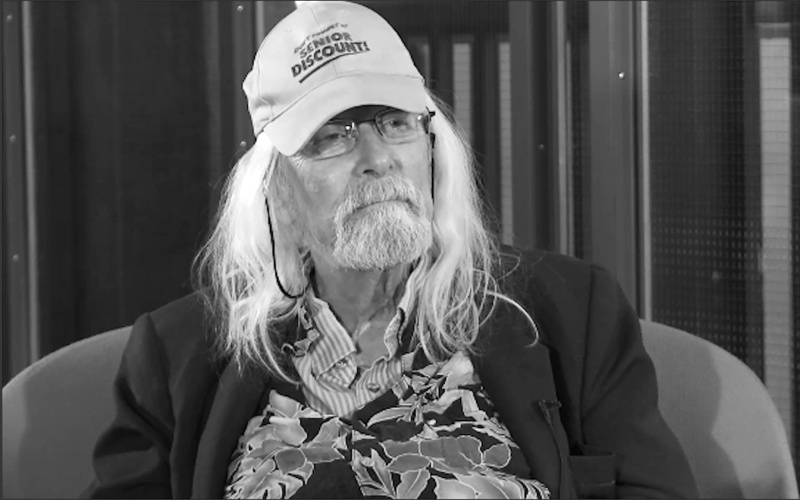Mr. Expanded Cinema has died
Thoughts on the death of Gene Youngblood
BY JÜRGEN CLAUS
The one-man-book
There's the »one-man show«, gendered to be updated with the »one-woman show«. And there is the »one-man book«. Proust and the »search for lost time«. Joyce and »Ulysses«. And there's Gene Youngblood and the »Expanded Cinema«. Gene has thrown a stone into the media waters of the second half of the 20th century. The ripples the stone set off are still being felt around the world today. Google-Scholar keeps a book-length record of the citations in which Gene, or rather his media world bestseller, appear in a scholarly context. To the ruling class of digital kids he has little, he would have much to say. Their social media does not have the social species of human media in its forefront sights. And Gene Younglood was an exponent of a human awakening generation that came of age in the shadow of, among others, planetary architect Richard Buckminster Fuller, Bucky for short, or better: knew how to couple coming of age with human engagement (another would be Herbert Marcuse).
On May 30, 1942, he became a passenger of the spaceship Earth. To the spaceship metaphor creator Bucky, Gene's one-book long-running book became the occasion for a detailed introduction; it received the blessing of the exponent of a new educational revolution through his preface. "Youngblood's Expanded Cinema is the beginning of the new era of the educational system itself." Yes, Bucky even envisioned the »Expanded Cinema University« of tomorrow, so dear was he to the future of (1960s) youth. A multimedia, planetary future. Practical (shall we say practicing) utopia is the track on which both visions of reality, Bucky's and Gene's, run parallel. Let's say Expanded Cinema, let's say »expanded consciousness«, the beginning of the new era of the educational system.
"Expanded Cinema doesn't mean computer movies, videophosphors, atomic light or spherical projections."
Gene is amazingly curious and therefore knowledgeable; as a journalist, he researches the Hearst Empire for the »Los Angeles Herald« Examine. Then his research and documentaries appear in the Los Angeles Free Press, casually called »Freep«, circulation of the underground newspaper: 125,000 copies, motto: Every reader is a reporter, his fee: a weekly $80. His texts published there and elsewhere are the basic framework for Expanded Cinema. Gene comes with the book at the right moment, that is: the ground is prepared for a résumé. For others had already created, defined, and put into the public domain what Youngblood was popularizing. (With ironic understatement, he had imagined four hippies as readers, but the first edition sold 50 thousand copies in seven years. A new edition was finally published by Fordham University Press in 2020). I think of Moviedrome inventor Stan VanDerBeek and film experimental pioneer Jonas Mekas on the other coast of the continental US. I think of the »Expanded Cinema Festival« at the New York Cinematheque, November 1965 »Media Art Matters!« And Gene argues like the Marshall McLuhan of expanding cinema and the Buckminster Fuller of planetary art:
"Expanded Cinema is not a film at all: like life, it is a process of becoming, man's ongoing historical urge to manifest his consciousness outside his mind, before his eyes. One can no longer specialize in a single discipline and hope to truthfully express a clear picture of one's relations to the environment. This is especially true of the intermedia network of cinema and television, which now functions as nothing less than the nervous system of humanity."
European Counterpoints
As much as Gene is omnipresent in the U.S. art & media scene, he remains subpresent in old Europe. There, however, there were also the crusaders of Expanded Arts and Expanded Cinema. In June 1967, I gave a multimedia lecture on this subject in the »packed gallery hall« of the Städtische Kunsthalle Düsseldorf. (Yvonne Friedrich in the Rheinische Post: "Are we facing an extreme 'climate change' in art, whose boundaries are becoming more and more blurred? Will the 'image' as a carrier of art be abandoned in favor of various media, especially from the industrial and electronic fields?")
I am preparing my book »Expansion of Art«, which will be published in 1970, first in German by Rowohlt, then in Japanese and in Spanish. In Vienna, Peter Weibel promptly writes a preface to the two 1315-page volumes of a subhistory of film by Hans Scheugel and Ernst Schmidt, still unsurpassed today. "blind passengers on a ship whose helm we were about to take over, in order to change course, we sought placement in a tradition that was only discovered as a result of the new experiences, the tradition of subhistory."
Back to Gene Youngblood, omnipresent in the U.S., not so in Europe. The exception is an appearance at the Linz ars electronica in 1986, more precisely in the lecture cycle on an orbital age. In July 1994 Nora and I are preparing a worldwide »Solar Art Network« and stop at the home of solar artist Janet Saad-Cook in Santa Fee. A good opportunity to meet Gene there. He suggests inviting Woody Vasulka to dinner as well. Santa Fee and New Mexico are O'Keefe country, not exactly illustrious stars in the media and technology sky. Anyway, that's where Gene ended up, endowed with a professorship at the College of Santa Fee, later elevated to university status, closed in May 2018 due to financial shortfalls. What are we to make of a world (politics) that on the one hand visions a world university with Buckminster Fuller and on the other very earthly cannot keep alive a local university in Santa Fee? Here potencies short-circuit and the Corona mildew suffocates them. Gene Youngblood dies of heart trouble on April 6, 2021.
